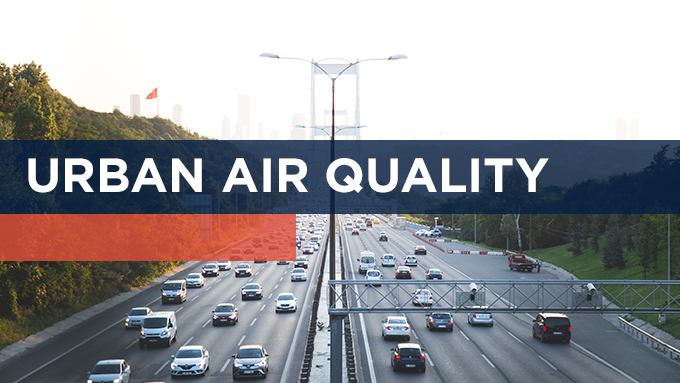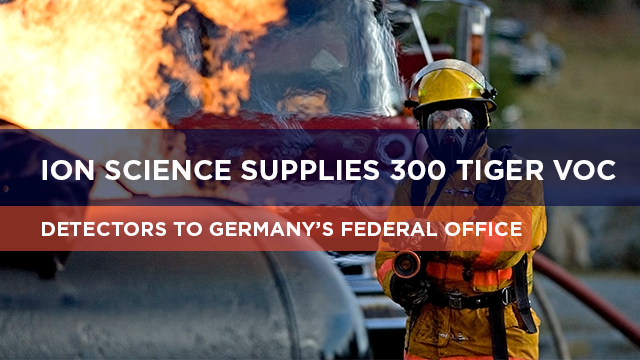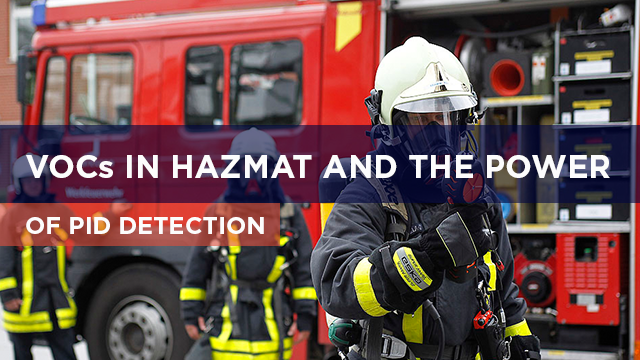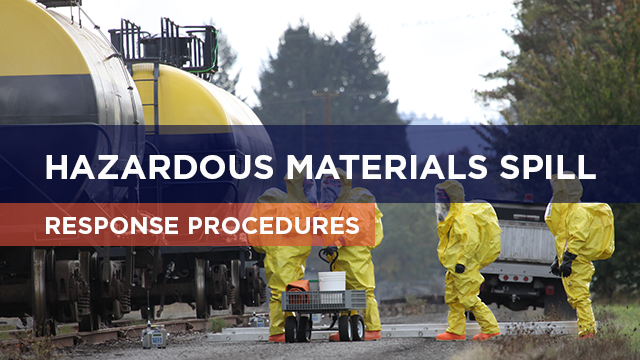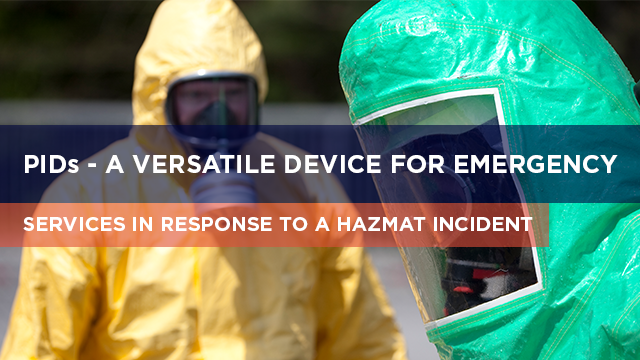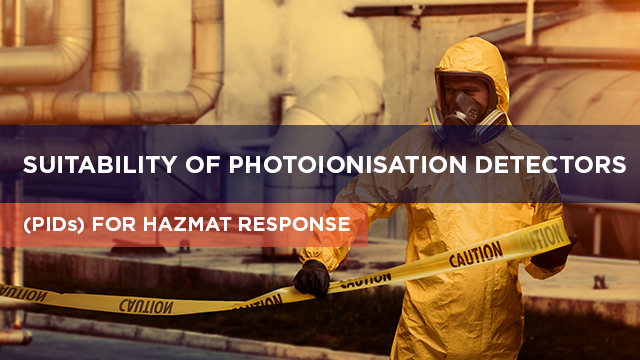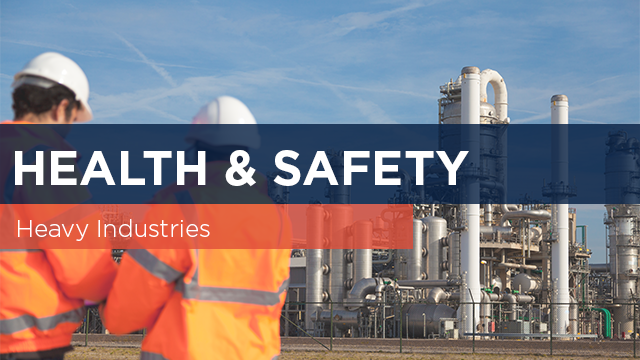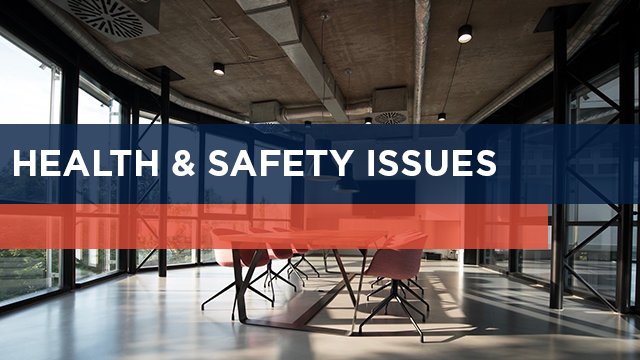Urban Air Quality
Our atmosphere is dynamic. Biological, physical and chemical processes contribute to ‘clean air’, a gas mix which is remarkably well balanced for life and free of toxic gases and particulates.
Oxygen is at as high a concentration as enables aerobic organisms such as us to breath easily, whilst not so high as to cause unquenchable forest fires. Carbon dioxide is plentiful enough for plants to grow, both as a source of carbon and in retaining sufficient but not too much warmth from the sun. Elements essential for life such as sulfur and iodine are transported from land to sea in the form of volatile organic compounds (VOCs).
Many gases, which are toxic or harmful to life are removed by chemical and physical adsorption on solid particles (particulates) which ultimately fall out of the air under gravity as dust or rain. What is more, through a series of chemical reactions, including reactions with sunlight (photochemical reactions), the atmosphere is kept almost completely free of specific VOCs released by plants, it would seem to their own and wider advantage. For example, it has been recently established that on being bruised, leaves release VOC messengers (pheromones) that attract predators of leaf eating insects! Read more!
ION Science supplies 300 Tiger VOC detectors to Germany's federal office of Civil Protection and Disaster Assistance.
Market-leading hand-held PIDs part of vital equipment on board government body’s ‘first responder’ reconnaissance vehicles.
Ion Science has recently supplied 300 Tiger hand-held volatile organic compound (VOC) detectors to Germany’s Federal Office of Civil Protection and Disaster Assistance (BBK) where they are part of the vital chemical measurement system on board ‘first responder’ reconnaissance vehicles.
VOCs in HAZMAT and the power of PID detection
An emergency response organisation will greatly increase its effectiveness and the level of protection it offers its employees (Responders) by deploying a photoionisation detector (PID).
Incidents Involving VOCs
Many Hazardous Materials incidents involve volatile organic compounds (VOCs), a vast chemical family that is primarily made up of hydrocarbons such as gasoline, alcohols, methane and acetone as well as the BTEX family which include benzene, toluene, ethylbenzene and xylene. Typically, VOCs have a high vapour pressure at ambient temperatures, meaning the liquid gives off vapour that can be readily detected.
Hazardous Materials Spill Response Procedures
Hazardous Material spills including biological, chemical and radiological materials pose a serious risk if not promptly and properly responded to by the individuals who initially identify the spill and the appropriate emergency response team.
PIDs - A versatile device for emergency services in response to a HAZMAT incident
The versatile nature of a PID instrument makes it an indispensable device for the emergency services in response to a HAZMAT incident.
Suitability of Photoionisation Detectors (PIDs) for HAZMAT response
The ability of a photoionisation detector (PID) to measure low levels of volatile organic compounds (VOCs) makes them a vital tool in the decision making process following a hazardous materials (HAZMAT) incident.
Health and Safety in Heavy Industries
Many vapours and gases found in heavy industries pose an explosion risk.
For any gas to combust it must reach its lower explosive limit (LELs). Lower explosive limits have been well established for 100s of chemicals and generally vapours from VOCs have relatively low explosion limits. For example, methane and hydrogen have LELs of 50,000 ppm and 40,000 ppm respectively whereas benzene has an LEL of only 13,000 ppm.
At high concentrations VOC are also an asphyxiation risk. Like CO2, a gas all too frequently responsible for serious effects on human health, VOC are much denser than air. Therefore, where confined spaces exist it is possible for VOCs to displace oxygen and create dangerous environments.
Health and Safety issues
Whilst many VOCs have no adverse effects on health and the environment, some are harmful. Health effects include eye, nose and throat irritation from short term exposures (think about a whiff of super glue) and long-term exposure to very low concentrations you are not aware of (parts per billion) may cause damage to liver, kidneys, central nervous system and cancers.
As VOCs exist as a gas at room temperature the main exposure route is through normal respiration. Exposure to harmful VOCs can happen at home, outdoors or in the workplace.

